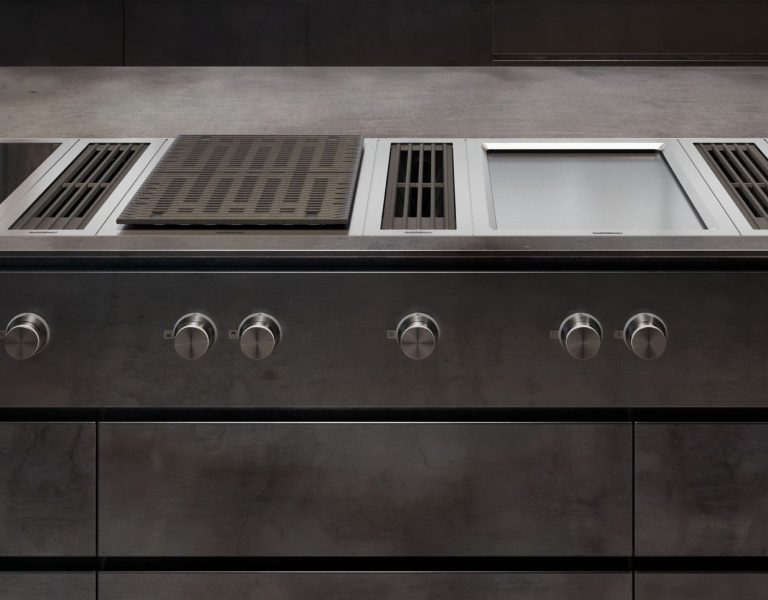The New Energy Rating for Appliances Explained
In recent years, energy efficiency has become a crucial consideration for consumers when purchasing appliances. To help consumers make informed choices, a new energy rating system has been introduced to indicate the energy efficiency of various appliances. However, as part of the new energy rating system, A++ appliances have now transitioned to a C rating. In this article, we will explore the reasons behind this change and its implications for consumers.

The Shift in Energy Efficiency Rating for Appliances
The Importance of Energy Efficiency and why the new Energy Rating for Appliances:
Energy efficiency has gained significant importance in today’s world due to the growing concerns about climate change and the need to reduce carbon emissions. Appliances account for a significant portion of household energy consumption, and choosing energy-efficient models can help reduce both energy bills and environmental impact.
The Previous Energy Rating for Appliances System:
The previous energy rating system used a scale from A+++ to D, with A+++ being the most energy-efficient and D being the least. A++ appliances were considered highly efficient, indicating that they consumed less energy compared to lower-rated models. This rating system allowed consumers to easily identify and choose appliances that would save them money in the long run.
The Need for a New Energy Rating System for Appliances:
As technology advances, the energy efficiency of appliances has improved across the board. This progress has made it necessary to introduce a new energy rating system that accurately reflects the current energy efficiency standards. The previous A++ rating no longer adequately differentiated between the most efficient appliances, leading to confusion among consumers.
The Energy Rating for Appliances Transition to C Rating:
To address the shortcomings of the previous rating system, authorities have introduced a new energy rating system that redefines the energy efficiency classes. Under this new system, A++ appliances have transitioned to a C rating. This change aims to provide a clearer distinction between the most energy-efficient appliances and those that are less efficient.
Implications for Consumers:
The transition of A++ appliances to a C rating may initially cause confusion among consumers who were accustomed to considering A++ as the highest energy efficiency rating. However, it is important to note that this change does not mean that A++ appliances have become less efficient. Instead, it reflects the improved energy efficiency of newer models that now qualify for higher ratings.
Making Informed Choices:
With the new energy rating system in place, consumers should familiarize themselves with the updated ratings and understand the implications. While A++ appliances may no longer exist, it is essential to look for appliances with the highest rating within the new system. By choosing appliances with higher energy efficiency ratings, consumers can still make environmentally conscious decisions and save on energy costs.

The new energy rating conclusion
In recent years, it has become clear that the old energy rating scale no longer worked, with the least efficient products being A and A+ rated as opposed to C & D rated. The belief to most was that because an appliance was A and A+ rated, it must be one of the most efficient on the market. Unfortunately, as so many of us have found out, this just wasn’t the case. The transition of A++ appliances to a C rating, and A+ likely now an F or a G rating, will now allow for more advanced technology to take its rightful place in the most efficient energy bracket. This change will positively reflect the continuous advancements in energy efficiency technology and while this change may initially cause confusion, it ultimately aims to provide consumers with a more accurate representation of the energy efficiency of appliances. By staying informed and considering the new energy rating for appliances, consumers can make choices that align with their energy-saving goals and contribute to a more sustainable future.


















